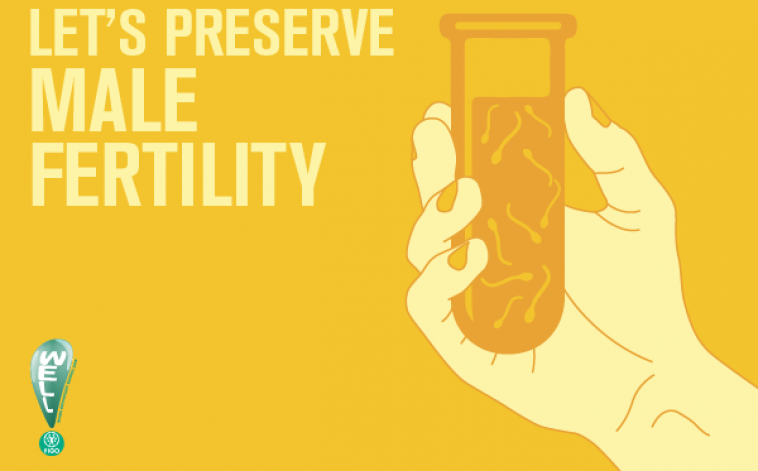Preserving male fertility

Male fertility may be impaired in terms of sperm quality and quantity, as well as erectile and ejaculation dysfunctions, by specific types of chemotherapy, radiotherapy or surgery.
For example cancer therapy can, in 10% of cases, prevent sperm production to the level that none is produced, even in the testicles.
If a man intends to father a child later on, he can turn to sperm banking, i.e. the cryopreservation of his sperm, before starting treatment.
In men who are able to ejaculate and produce viable sperm, the sample can be obtained by masturbation, collected in a sterile container and then frozen and stored in liquid nitrogen at minus 196 degrees centigrade.
Samples can be collected at a fertility clinic or at home, as long as they are brought to the laboratory within the hour. It is advisable to abstain from sexual intercourse for 2-5 days before sample collection, as long as treatment is not urgent, in which case an immediate appointment should be booked.
If a man is producing viable sperm but cannot ejaculate, penile vibratory stimulation or electro ejaculation may be used, the sample obtained being processed and stored as aforementioned.
Men suffering from azoospermia, i.e. they have no spermatozoa in the semen sample, have no option other than relying on novel techniques developed to collect sperm directly from the testis, or from the epididymis, i.e. the male genital tract where sperm mature and are stored.
These sperm retrieving techniques can be carried out under local or general anaesthesia and include:
- Needle aspiration of the testis (TESA: Testicular Sperm Aspiration);
- Sperm extraction from testicular tissue recovered by testicular biopsy, with or without the aid of a microscope (TESE: Testicular Sperm Extraction and microTESE);
- Sperm aspiration from the epididymis through the skin or via microsurgery (PESA: Percutaneous Epididymal Sperm Aspiration; MESA: Microsurgical Epididymal Sperm Aspiration).
Expertise in these techniques might not be available in all fertility centres. The fertility expert should be able to provide some advice.
Also in these cases, the sample retrieved is frozen and then stored in liquid nitrogen.
Once the treatment has been concluded, or even during treatment, if a couple wishes, a request can be made for the sample to be thawed and used for in vitro fertilization (IVF).
In prepubertal boys the options for the fertility preservation, such as the generation of sperm from stem cells or the preservation of immature testicular tissue, are currently experimental and not in routine clinical practice.
If you would like more information about sperm banking, please visit the Human Fertilisation & Embryology Authority or Cancer Research UK websites.
For more information about surgical sperm retrieval, you can access resources via Leukemia & Lymphoma Society of Canada and Human Fertilisation & Embryology Authority.